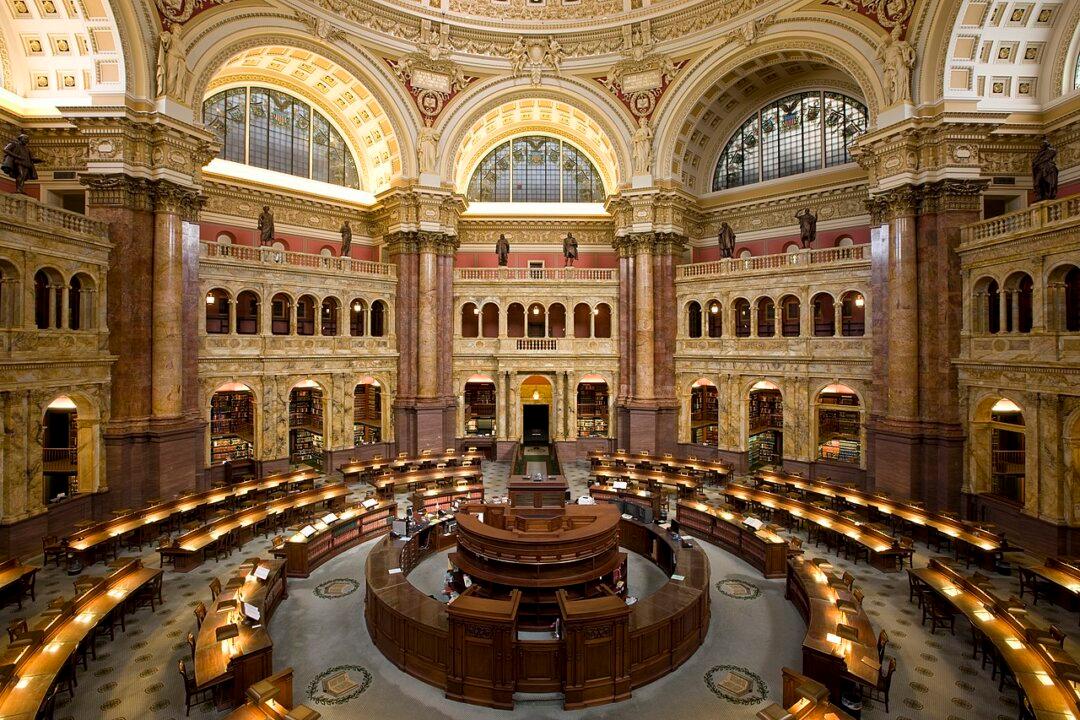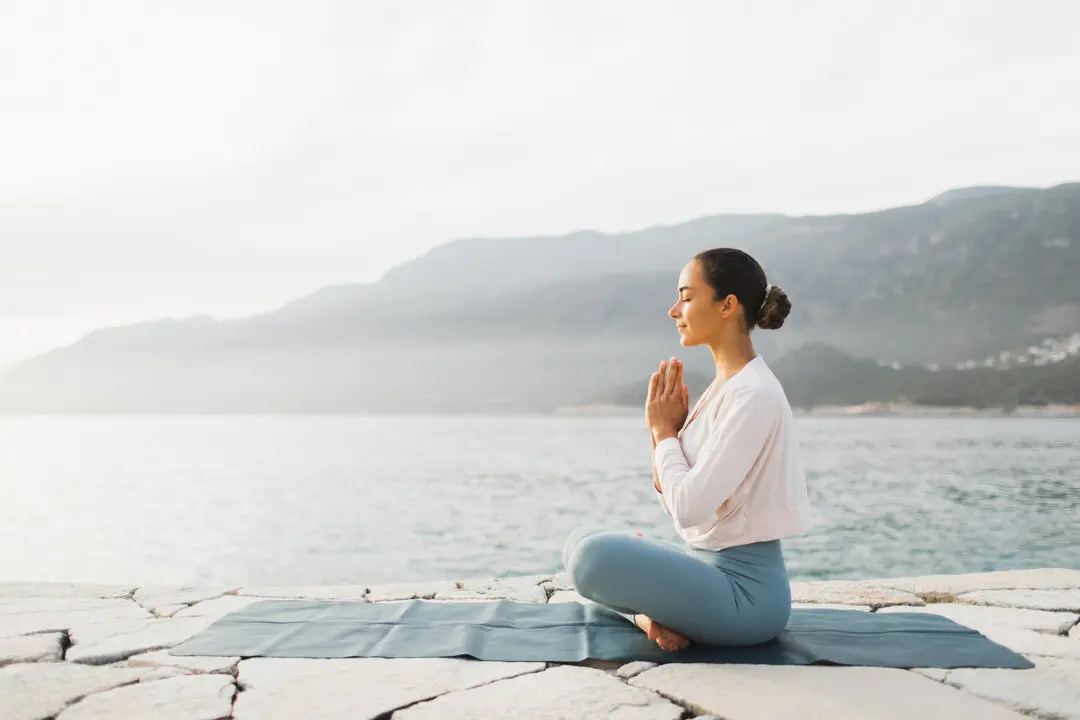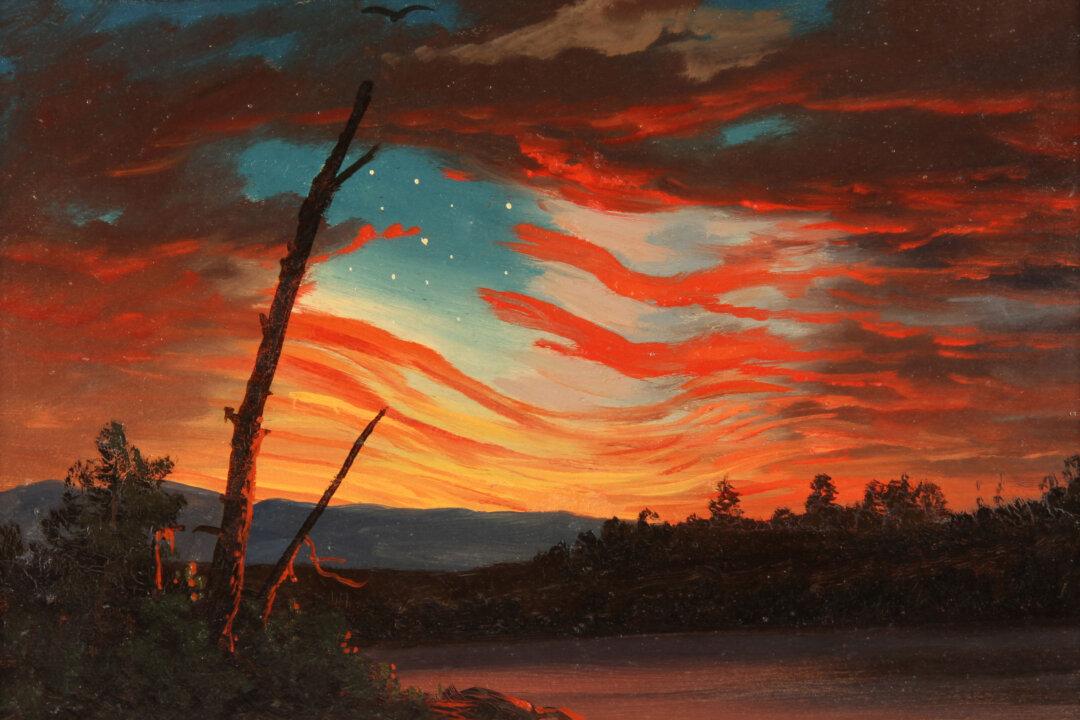Whether it’s a special trip to the Library of Congress or a 10-minute drive to the local library, when true lovers of books hear the words “Let’s head for the library,” they experience the same stab of excitement produced by the words “ice cream parlor” in a 5-year-old. For bibliophiles, the Magic Kingdom isn’t in Florida, and the only price of admission is a library card.
For some libraries, of course, Magic Kingdom is an apt description. Harvard’s Widener Library, for example, is not only a building of beauty and grace, but it also contains 57 miles of shelf space and can hold over three million books. The Library of Congress in Washington has the largest collection in the world and offers a cornucopia of artistic and architectural delights. The Iowa law library in Des Moines is a tangled extravaganza of artwork, beautifully tiled floors, terraces, and twisting stairs visited by over 100,000 visitors a year. In Virginia’s Northern Shenandoah Valley is Winchester’s Handley Library, another architectural gem, which the National Park Service says is “perhaps Virginia’s purest expression of the regal and florid Beaux Arts classicism.”






